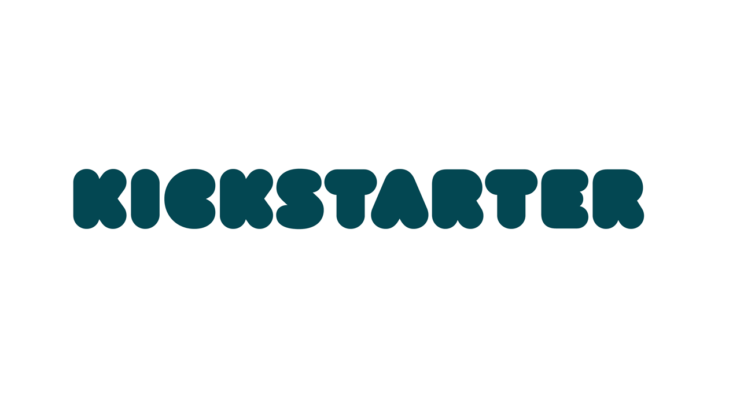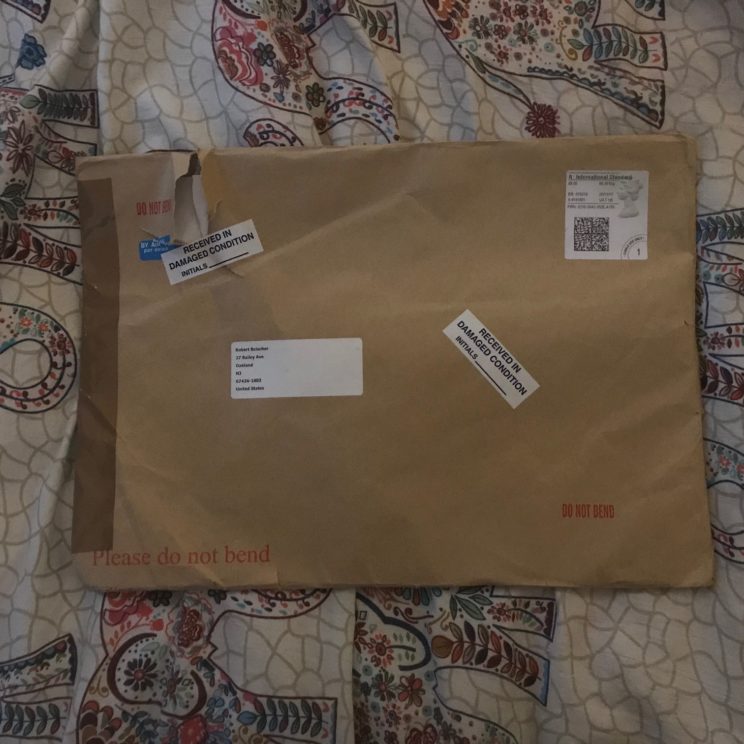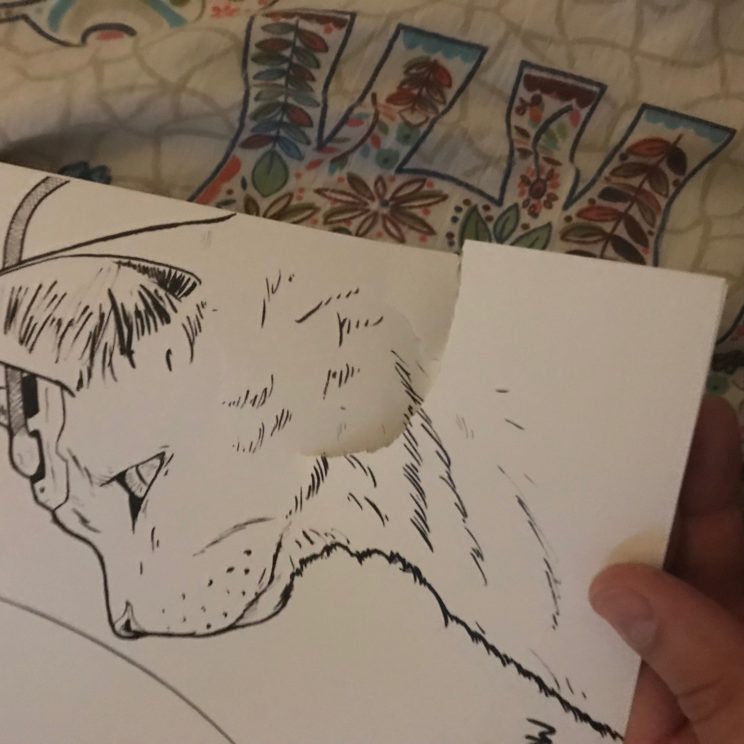Kickstarter is a very interesting platform indeed. Now that I have more or less completed a project in the platform (I’m in the process of posting the last of the rewards at the time of writing this), I’ve learned a few lessons that I think can benefit anyone thinking of starting a project. Prior to launching the Kickstarter. Many of my illustrator friends are thinking of starting their first Kickstarter this year and I’ve been sharing some useful information and resources with them.

There exists a lot of information about how to start a Kickstarter. I don’t want to reiterate what can already be found elsewhere, instead, I’d like to share something of the things that are not so commonly talked about. The information is out there but after speaking to a number of creators there seen to be common things that escaped our attention prior to starting.
Money
Most are aware of the fees of the platform. Kickstarter takes 5% of whatever you raise (once you reach your goal) However, there is also a card transaction fee, which is typically between 3-5%. As a safe bet, it’s good to assign 10% to ‘fees’ when thinking of your target amount. Once your campaign had been successfully funded it will take a minimum of 2 weeks for the funds to reach your target account. Remember to factor that into your delivery schedule, especially if you have comic cons tied to the plan.
Backers
We all know that you need to reach your campaign amount by the end of the target time. However, there is a strange scenario that can occur. Let’s us an example. Let’s say that I wasn’t to raise £1000 for my project. After much planning and marketing, I manage to reach my target by the time the campaign ends. Great! Once the fees have been deducted, I’ll have my amount! Maybe not… You see, the debit/credit cards used by backers, are authorized at the time they submit their pledge. This means the card is not expired and is a valid card to transact with. At the time of collection that can change. In fact, I’d be very surprised if all of your backer amounts come in one single pass. For many reasons, cards will fail on payment (e.g. the card has expired or been canceled) and although some backers will then pay with an alternate card, there are many that will never complete their backing. Speaking to other creators this can be anywhere from 3-5% not completing. Kickstarter will still mark the project as a success even if you dip below your target and you will still receive the rest of the completed funds, but you might have less than you intended to complete your project. What makes it even worse, is that if these backers pledged high amounts then it could seriously affect how much funding you end up getting.
To mitigate this, try to obtain as many backers as possible. For example, 150 low tier reward backers would be less risky than 50 high tier reward backers. In addition, if you reach your target amount with plenty of time left to the campaign, continue working to gain additional backers.
Postage
Accurate planning is crucial to a successful Kickstarter. Postage is one aspect that I underestimated. Although you could estimate shipping amounts, the safest method is to get your prototype, physical rewards together, pack them up and take them to the post office to be weighed. You can then consider the options for shipping. This helps to accurately gauge what your shipping costs will be. You could use a fulfillment agency but since I had CATAPULTED delivered to my home address (which was included in the cost of printing), it was easier to ship them out myself. Take into consideration the different shipping options available. Is the reward high in value, perhaps containing an original art? Perhaps a track and recorded delivery option may be best. But if it is a low reward tier, then perhaps regular shipping will be suitable which will help avoid unnecessary extra costs.
Shipping envelopes is another area that can benefit from forethought. I had shipped a mid-tier reward that contained A3 posters. I had ordered some A3 envelopes, the kind that had cardboard backing and brown paper around it. I had thought these would be suitable and for the most part, they were. Packages were received safely in Australia and America although one package was severely damaged with the posters ruined. I resent the posters in an A3 Amazon style corrugated card envelope with a “Do not bend” stamp on it. Unfortunately, it still slightly damaged in the post! The backer was kind enough to accept the last package but perhaps I should have considered a poster tube.


These are things I’ll consider as I prepare for my next Kickstarter which will finish off the CATAPULTED story. I’m aiming this for summer 2018 – stay tuned.